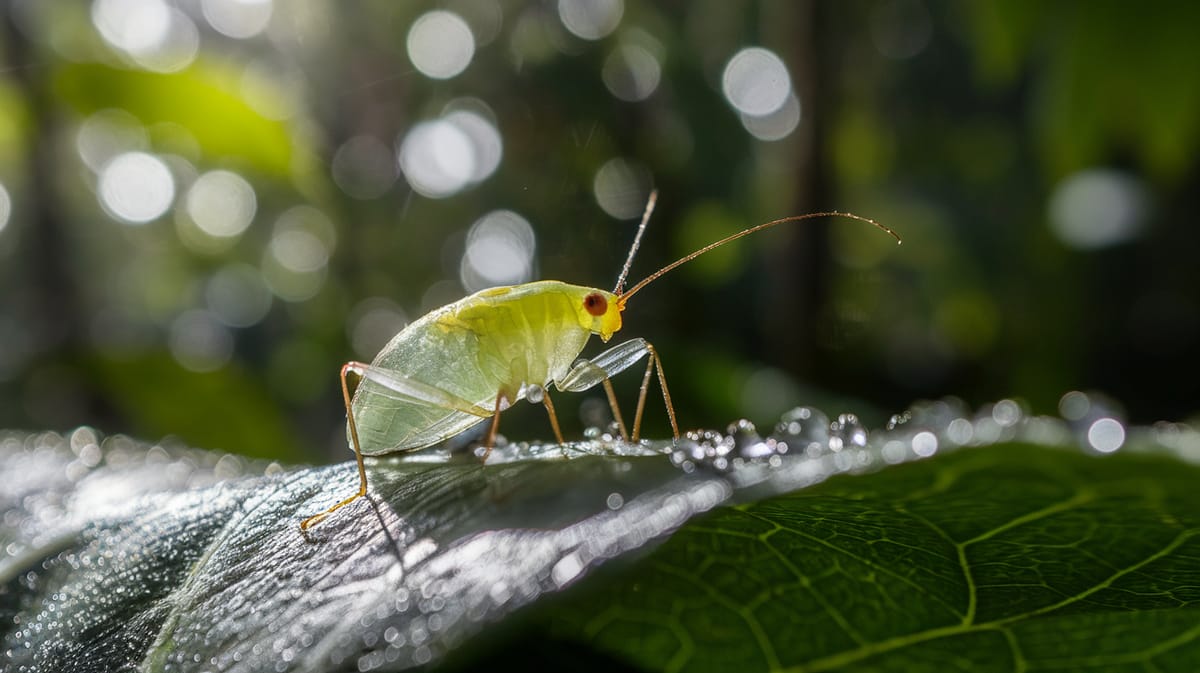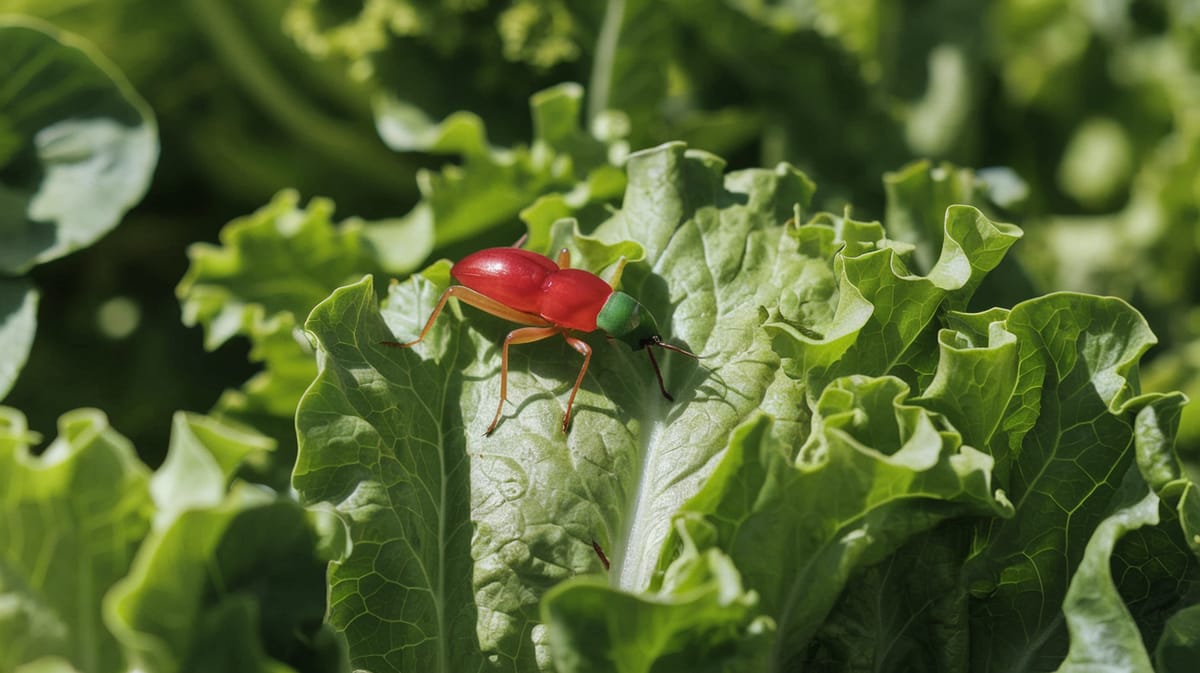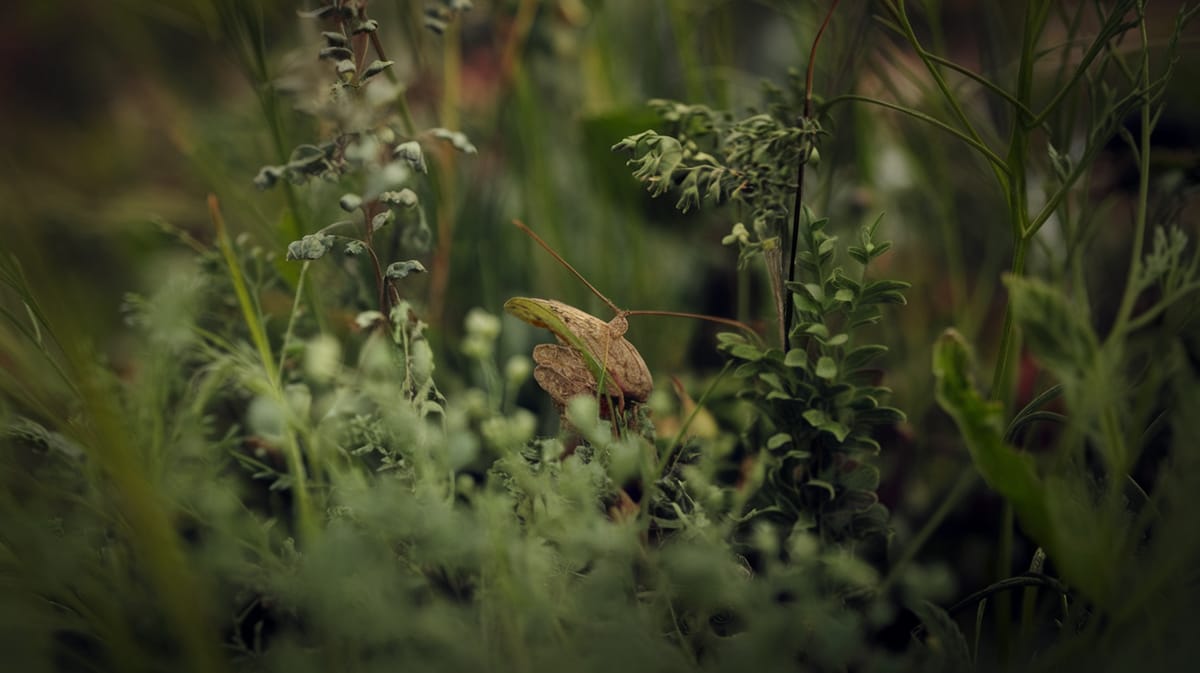Currant-lettuce Aphid
Tiny yet tenacious, the Currant-lettuce Aphid thrives in cool, damp environments, causing havoc in lettuce fields. These insects exhibit fascinating reproductive strategies, multiplying rapidly without fertilization.

Key Insights at a Glance
Did You Know?
Taxonomy & Classification
Currant-lettuce aphids are specialized herbivores thriving in temperate zones, exhibiting unique adaptations like parthenogenesis for rapid reproduction and resilience against environmental changes. Let's understand the evolutionary journey and classification of these remarkable herbivores.
Global Distribution
Found predominantly in Europe and North America, currant-lettuce aphids adapt to various climates, affecting lettuce crops globally.
Evolutionary Adaptations
Evolved during the Paleogene period, these aphids developed complex life cycles to survive diverse ecological pressures and predators.
Lifecycle and Growth
A remarkable journey of transformation from Egg to Adult.
Egg
Eggs are laid on host plants, remaining dormant through winter, awaiting favorable conditions to hatch in spring.
Nymph
Nymphs resemble small adults, feeding on plant sap and undergoing four molts before reaching adulthood.
Adult
Adults are winged and capable of reproduction, rapidly increasing population during favorable conditions.
Dietary Habits
Feeding predominantly on lettuce and other leafy greens, this insect's specialized mouthparts allow efficient sap extraction.
| DIET TYPE | DESCRIPTION |
|---|---|
| Primary Diet | Primarily feeds on lettuce plants, extracting sap through its piercing-sucking mouthparts. |
| Secondary Diet | Occasionally consumes other leafy greens such as spinach and kale when preferred hosts are scarce. |
| Occasional | In rare instances, feeds on alternative plant hosts, adapting to limited food availability. |

Behaviour and Adaptations
Discover the fascinating traits and adaptations that enable the Currant-lettuce Aphid to thrive in its environment.
Rapid Reproduction
Swift reproduction ensures rapid population growth and survival.
Host Plant Affinity
Specializes in thriving on lettuce and related plants.
Natural Camouflage
Blends with plant surfaces to avoid predators.
Ecosystem Impact
Currant-lettuce Aphids play a crucial role in maintaining ecological balance by contributing to the food web and nutrient cycling.
Food Source for Predators
Provides essential nourishment for various insectivorous species, supporting biodiversity.
Nutrient Recycling
Enhances soil fertility by breaking down plant material.
Host for Parasitoids
Serves as a breeding ground for parasitoid wasps, aiding in population control.
Conservation Challenges
Understanding and addressing the major threats to Currant-lettuce Aphid populations.
Chemical Exposure
Pesticides harm aphid populations, disrupting their life cycle and food sources.
Habitat Loss
Agricultural expansion eliminates natural habitats, reducing aphid resilience and survival.
Climate Change
Altered temperatures and precipitation patterns affect aphid breeding and distribution.
Frequently Asked Questions
How long do Currant-lettuce Aphid live?
Currant-lettuce Aphids typically live for about 20 to 40 days, depending on environmental conditions. Their life span can vary based on factors like temperature and food availability. They reproduce quickly, leading to multiple generations within a single growing season.
What do Currant-lettuce Aphid eat?
Currant-lettuce Aphids primarily feed on the sap of lettuce plants and related species. They use their piercing-sucking mouthparts to extract nutrients from the plant phloem, which can weaken the plant and potentially transmit plant viruses.
Are Currant-lettuce Aphid poisonous?
Currant-lettuce Aphids are not poisonous to humans. They are primarily a concern for agriculture, as their feeding habits can damage crops and lead to economic losses. They do not pose a direct threat to human health.
Are Currant-lettuce Aphid endangered?
Currant-lettuce Aphids are not classified as endangered. They are common agricultural pests found in various regions worldwide. Their populations can rapidly increase under favorable conditions, making them prevalent in areas where suitable host plants grow.
What do Currant-lettuce Aphid symbolize?
Currant-lettuce Aphids do not hold any particular symbolic meaning in culture or literature. They are mainly recognized for their role as agricultural pests affecting lettuce and related crops. Their presence is often associated with the need for effective pest management.
Do Currant-lettuce Aphid bite?
Currant-lettuce Aphids do not bite humans or animals. They are plant feeders and use their specialized mouthparts to pierce plant tissues and extract sap. They pose no direct threat to humans or other animals through biting.
What color are Currant-lettuce Aphid?
Currant-lettuce Aphids are usually pale green, which allows them to blend in with their host plants. Some may appear yellowish or slightly pink, depending on their diet or environmental conditions. Their color can vary slightly but generally remains within these hues.
Does a Currant-lettuce Aphid have wings?
Currant-lettuce Aphids can have wings, especially during certain life stages or environmental conditions. Winged forms are usually produced when populations become overcrowded or when plants start to decline, allowing them to disperse and colonize new areas.
What does a Currant-lettuce Aphid look like?
Currant-lettuce Aphids are small, soft-bodied insects about 1 to 3 millimeters long. They are typically pale green with a pear-shaped body. They have long, slender legs and antennae, and their bodies may appear slightly translucent. Winged and wingless forms exist.
Is a Currant-lettuce Aphid an insect?
Yes, a Currant-lettuce Aphid is an insect. It belongs to the order Hemiptera, which includes true bugs, and is part of the aphid family, Aphididae. Like other insects, they have a segmented body, six legs, and possess specialized mouthparts for feeding.
Related Insects
Discover insects with similar characteristics to Currant-lettuce Aphid - including shared habitats, diets, and taxonomic classifications
Share this profile
Help others discover Currant-lettuce Aphid
